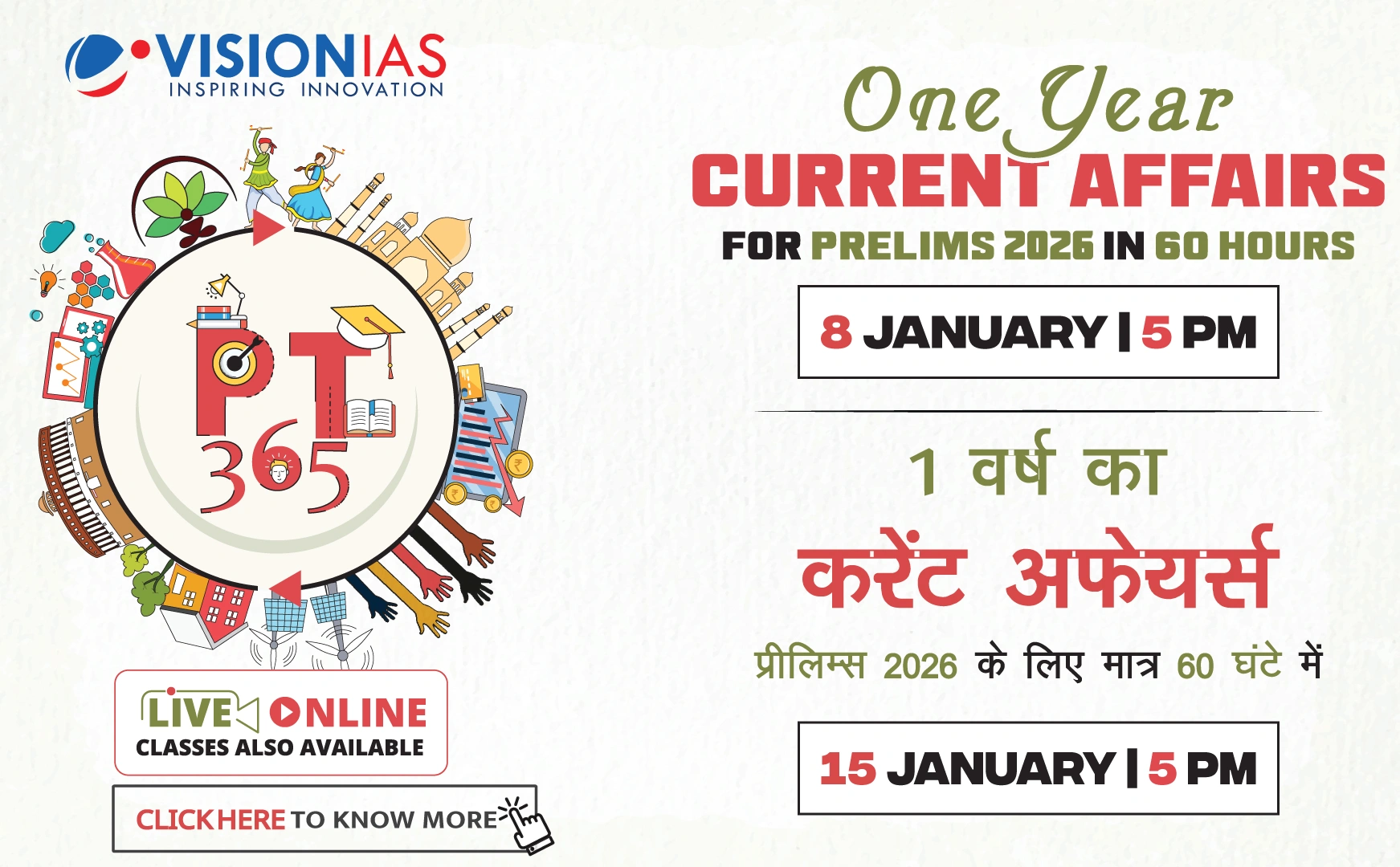Predictions and Terrorism
Throughout history, making predictions has often been fraught with uncertainty. Despite this, leaders continue to make forecasts, with only a few proving accurate. In the modern era, the rise of Artificial Intelligence (AI) has introduced even greater unpredictability.
- Historically, the safest prediction was that things would remain largely unchanged.
- The threat of terrorism persists globally, even a quarter-century after the 9/11 attacks.
- Recent events, like the vehicle ramming attack in New Orleans, highlight the ongoing threat.
- Counter-terrorism experts suggest that Jihadist groups are intensifying their activities.
Naxalism in India
In contrast to the global rise in terrorism, India has seen a decline in ideologically driven terrorism, especially Naxalism.
- The decline in Naxalite violence suggests a potential end to this form of terrorism by mid-2026.
- Historically, the Naxalite movement was vibrant and ideologically driven, capturing the youth and intellectuals.
- The movement has splintered over time, losing its unified front.
- Efforts to counter Naxalism involved a sustained offensive, leading to the elimination of many militants.
Comparison with Global Terrorism
The approach to handling Naxalism in India differs significantly from methods used globally, such as the U.S. approach to terrorism.
- The U.S. approach focused on non-ideological militants.
- In India, the response to Naxalism was more integrated with local contexts, avoiding brute force unless necessary.
- There are systemic checks and balances in India against the use of excessive force.
Urban Naxals
The term 'urban naxals' has been used in contemporary discourse, often incorrectly, to describe intellectual opposition to government policies.
- These individuals are often not connected to the original Naxalite movement.
- The original movement had a robust philosophy and structure.
- Misclassification can lead to unintended consequences and policy missteps.
Conclusion
Efforts to understand and address the nuances of both global terrorism and local insurgencies like Naxalism are crucial. Avoiding cognitive biases and ensuring clarity in classification and response are essential for effective policy implementation.







